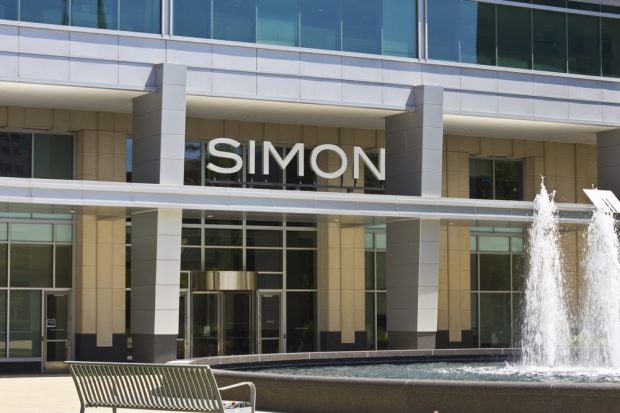Simon Property Q2 Results Show Consumers, Retailers Still Love Going to the Mall

With a portfolio of more than 230 properties spread across 37 states and three continents, Indianapolis-based Simon Property Group’s purview of — and exposure to — the global retail industry is second to none.
But while most consumers and businesses are currently frightened by a stressful mix of high inflation, rising interest rates, slowing growth and increasingly cautious spending habits, the long-serving head of the nation’s largest mall owner had a starkly contrasting worldview Monday when describing his pleasure with the company’s second-quarter earnings results.
“Our business is strong. The higher income consumer is in good shape. Brick-and-mortar stores are where shoppers want to be and they’re outpacing eCommerce across the world and the broader retail spectrum, and demand for our space is extremely strong,” Simon Property Group CEO David Simon said on the company’s earnings call Monday (Aug. 1) after the close of trading.
‘Not Over Our Skis’
Rather than fear and dread, the 62-year-old son and nephew of the family-owned firm’s co-founders — who has weathered numerous storms and cycles while serving as SPG’s CEO since 1995 — was confident and optimistic.
“Worldwide, retailers need to grow, and they’re doubling down on the US. International tourism is returning. Domestic tourism is strong,” Simon pointed out, adding that Simon Property Group (SPG) “is not over its skis in any aspect of our business.”
In fact, rather than running from malls, Simon encouraged investors to look at SPG’s track record in prior periods of economic turmoil.
“We outperform in these kinds of periods, and we also do some of our best work as well,” Simon said.
94% Occupancy
As much as Simon’s spoken messaging was confident in the face of widespread economic fears and uncertainty, SPG also raised its official full year outlook after the landlord and investor in retail brand rehabilitations listed a string of counter-trend milestones for the three months ending June 30.
Among them, occupancy rose to 93.9%, tenant terminations year-to-date fell to a record low, average base minimum rent increased for the third quarter in a row, and retailer sales per square foot rose to a record $746 per square foot in Q2 for Simon’s malls and outlets.
At the same time, Simon said new lease-signing momentum had accelerated.
“We signed nearly 1,300 leases for more than 4 million square feet in the quarter and have signed over 2,200 leases for more than 7 million square feet through the first half of the year,” Simon said, noting that nearly 40% of leasing activity this year has been for new deals, up from 25% a year ago.
SPARC and JCPenney
On the brand portfolio side of the business, Simon was equally relaxed about the normal cyclicality of the industry, noting that the gains made by the company’s retail turn-around joint-venture SPARC, as well as its bankruptcy buyout of JCPenney and recent purchase of Reebok.
“Based upon our cash distributions received, we have a no cash equity investment in SPARC and JCPenney,” Simon said, noting that the company had parlayed its SPARC investment into its stake ABG (Affiliated Brands Group) which was now worth over $1 billion.
“There will be a little more volatility from quarter-to-quarter when it comes to SPARC and JCPenney, but please keep this in the proper perspective, it’s all upside from here,” Simon concluded.
